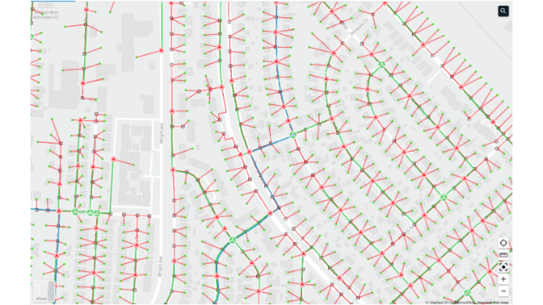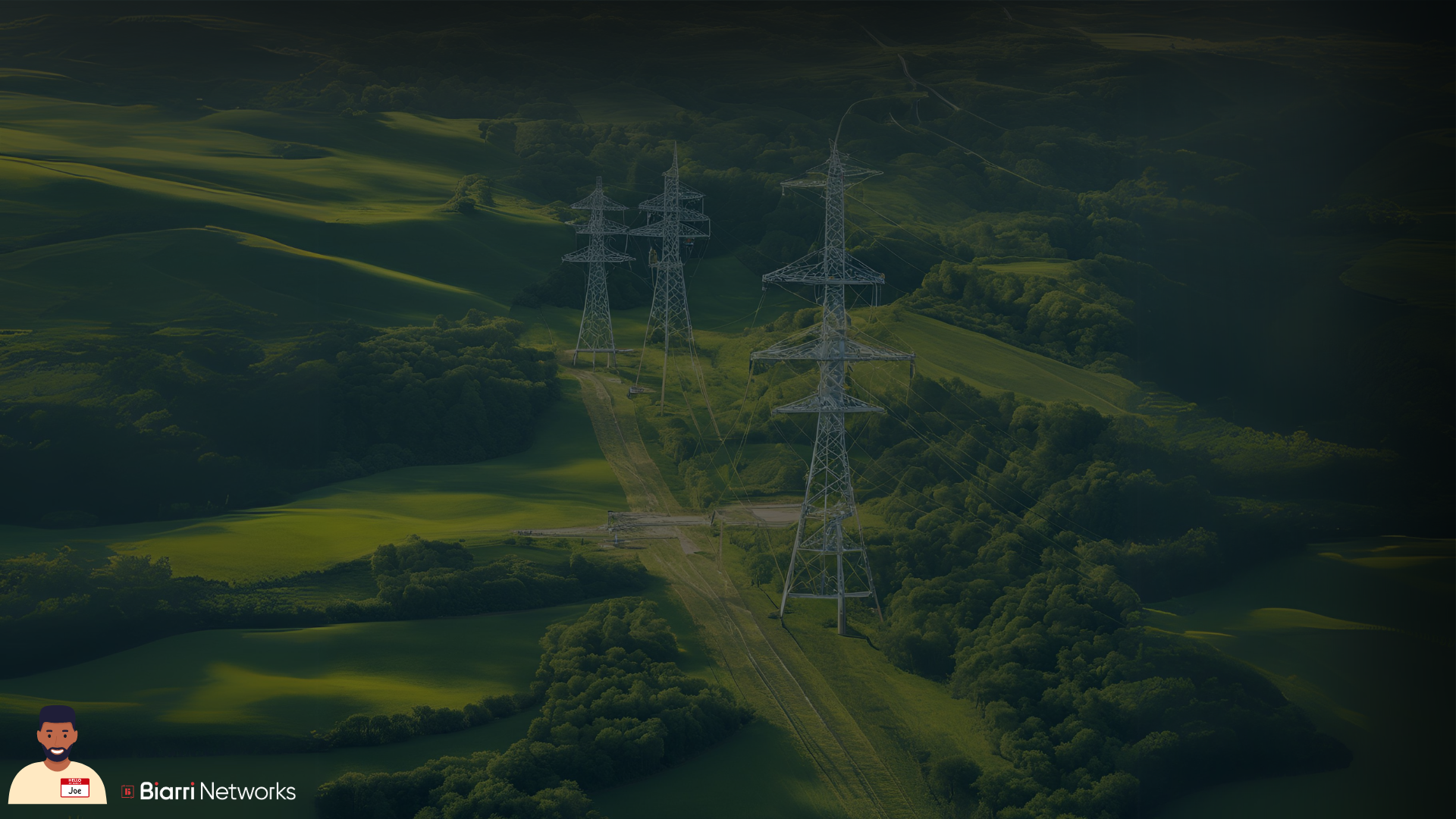As we look to close the digital divide, deciding which communities to connect or prioritize can feel like finding a needle in a haystack. In this article, we will explore how Automated Outside Plant Feasibility Level Design can enable your approach, allowing you to determine in which order to connect addresses, cities, neighborhoods, and communities. It will also provide the details required to communicate the decision-making to stakeholders.
1. Understand your Market
Understanding your market is more than just knowing who is there. This will have an impact on not only the capacity and bandwidth of your network, but also on your projects’ overall commercial viability.
Determining how many and what type of service locations are in your project will allow the proper communication of project value. For example, delivering connectivity to Multi-Dwelling Units, Single Family Units, or Commercial Units, requires different network delivery and different business models, as well as practices & revenues.
Understanding local interest and participation in your network will allow proper evaluation. The take rate and commencement of your project may be heavily influenced by pre-subscribers and the timeline it takes to mature. Additionally, understanding the current competition and service levels within your market is imperative. This can be researched on the FCC Broadband Map.
Finally, understanding local challenges & opportunities, like moratoriums or public funding program availability may be the difference between a project commencing or not.
2. Generate Data Source
Choosing the basis for your analysis is a critical step in your journey to being pitch ready.
There is a trade-off between detail provided and the upfront investment of resources, i.e. the more detail you want the more investment you require, especially when looking at large-scale deployments. Fortunately, automation can bridge the gap between detail and investment.
Building your pitch based on an automated feasibility design is scalable. It will allow you to identify, justify, and explain project risks and opportunities in a way that is just not possible with non-GIS based solutions, which struggle with local variations within your market(s).

Biarri Networks offers several solutions that can help you here, including FOND Planner, which allows you and your team to generate this base design in a self-guided fashion. You can also let our team of experts deliver a Planning Level or Feasibility Level Design with our Engineering Services.
For a deeper dive into how this impacts your project, read: ASSESSING THE ACCURACY OF BIARRI NETWORKS' CORE ALGORITHMS FOR NETWORK COST IDENTIFICATION.
3. Build Cost Estimates
Based on your Feasibility Level Design you can build both cost estimates and gather insights into high-cost regions and Service Locations.
Your Feasibility Level Design can be paired with our Configurable BOM to estimate your CAPEX. From the design, we can build estimates on quantities for your Material & Labor requirements, which can either be sent for cost quotes from sub-contractors or generated and delivered.
Once you have a costed Bill of Materials (at this early stage, these might be indicative line items or costs), Biarri Networks’ proprietary “Cost To Serve” algorithms can help inform and visualize high-cost areas that may need to be re-prioritized.

4. Project Revenue Estimates
Projecting revenue estimates to gain an idea of overall project success can be challenging if you aren’t prepared. However, it is key when pitching and prioritizing your project and the connection of communities.
Finding the balance between your take rate, revenue streams, and resource availability will identify your project's viability. Resource availability could be material availability, cash investment or any crew run rate restrictions for example.
Discovering a sense of equilibrium between these variables, using spreadsheet-based methods can be difficult. Algorithmic approaches are the gold standard in this space, especially when trying to balance detail with investment. Therefore, having a partner that can handle this problem is a critical step in your journey to Pitching your Plan.
Conclusion
Now that you’ve gone through these steps, you have everything you need to evaluate, prioritize, and pitch your next network build project. Although this is a huge milestone in constructing your network, once approved, the challenge of Design, Engineering, and Construction begins.
Read on for more about solutions in Design & Engineering, and Field & Engineering Services.


 Harley Slater
Harley Slater



%20(1080%20%C3%97%201080%20px)%20(1)-1.png)
%20(1080%20%C3%97%201080%20px)%20(2).png)
